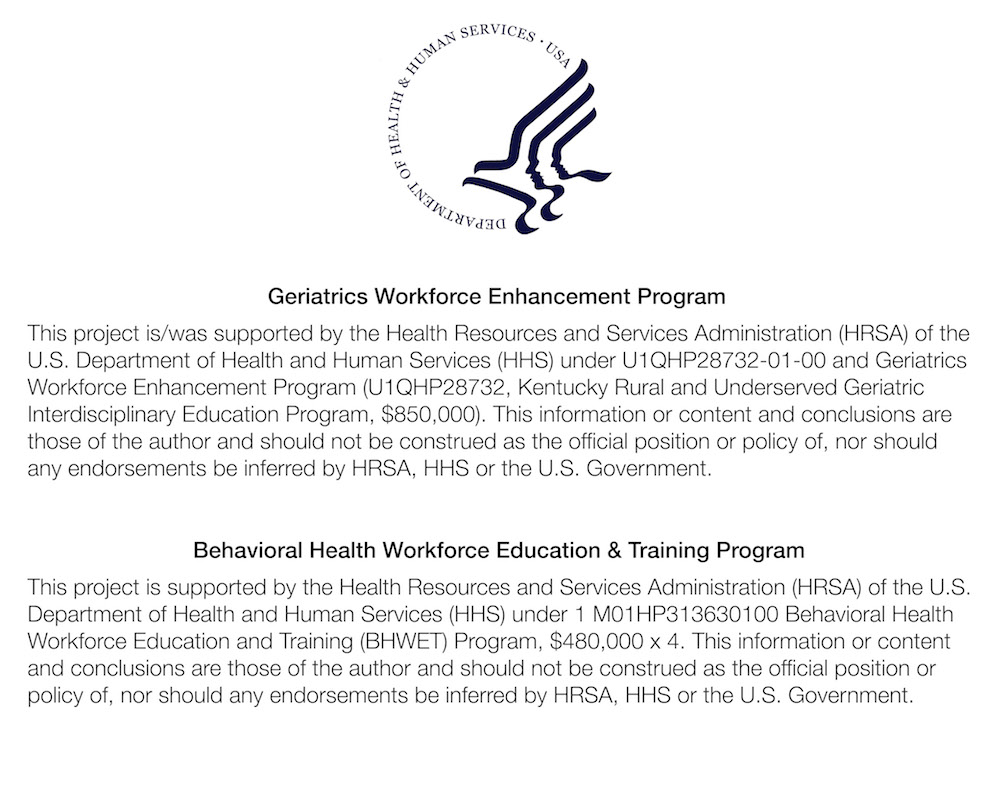The Flourish Care Coordination Model
|
||||||||||||
About |
Care Model |
Patients |
Providers |
Contents of Page:
- Flourish Care Coordination Model
- Flourish Care Coordination Model in Practice
- Flourish Index
- Project ECHO
- Importance of Social Determinants of Health
Flourish Care Coordination Model
The Flourish Care Coordination Model is a team-based coordinated care model that approaches health as the inter-related product of health care, personal health choices, and an individual’s social determinants of health. This model of care emphasizes the collaboration between clinical care planning and community-based care supports, a process facilitated by health navigation. This model ensures that clinical health care is supported and reinforced by environmental supports and that a person’s social and economic dynamics are understood and addressed as a component of treatment.
Key Concepts of Our Model:
- Access to care
- Patient engagement
- High quality of care, practice-based learning, quality improvement
- Care coordination
- Integrated & comprehensive care
- Ongoing feedbac
 k
k
Flourish Care Coordination Model in Practice
There are eight core steps to the Flourish Care Coordination Model, beginning with patient referral on the left side of the diagram. The Community Health Navigator (CHN) then conducts a health risk assessment and a home assessment (step 3 & 4). This is complied into an assessment summary (step 5) which is then presented and reviewed at one of the weekly Case Conceptualization meetings that brings together a wide variety of aging-related specialists and experts, both in person and via tele-communication (step 6). Feedback from the interdisciplinary Case Conceptualization meeting, a final care plan is developed and approved by the patient and their primary care provider (step 7). The process concludes with step 8, implementation of the care plan. Client status is re-evaluated every three and six months at the Case Conceptualization meetings (see alternative title to step 6).
Click Here for Larger View of Model
Flourish Index
The Flourish Index is a validated measure of client outcomes of the Flourish Care Coordination Model.
What it Measures: The index is a two-tiered assessment method that measures 59 quality of care indicators across six determinants of health: biological, psychological, individual health behaviors, health services, environmental, and social. The quality indicators were designed with expert consultation from primary care physicians, mental health specialists, and geriatricians.
Empirical Effectiveness: Through the client data of the validated Flourish Index, we were able to show sensitivity to change for the total Flourish Index Score, reflecting empirical support for the effectiveness of the whole care coordination model. An article on the Flourish Index is currently under review.
Project ECHO: Tele-Health, Tele-Mentoring, Tele-Communication
Increase Transformative Potential: The new technology and training approach of Project ECHO will greatly increase the number of professionals that can be trained in the Flourish Care Coordination Model and the clients that can be reached using the video hub-and-spoke model, especially in rural areas.
What is Project ECHO? Project ECHO is an innovative medical education and care delivery model that utilizes Zoom technology to create hub-and-spoke knowledge sharing networks around the world.

The ECHO Model trains primary clinicians in underserved areas how to treat clients with complex health conditions to ensure clients receive timely and effective care.
Project ECHO increases the number of professionals we can train and the clients we can reach using the video hub-and-spoke model, especial in rural areas.
Social Determinants of Health
The Flourish Model of Care is based on the World Health Organization's view of health as "a state of complete physical, mental, and social well-being and not merely the absence of disease or infirmity." As such, the Flourish Model of Care understands health to be the inter-related product of health care, personal health choices, and an individual's social determinants of health.
 Social determinants of health are the overall conditions in which people are born, grow, live, work, and age. They are the entire socio-economic environment in which a person lives. Social determinants of health constitute almost half (49%) of the overall health picture of an individual's health, with health behaviors accounting for 39% and health care 12%.
Social determinants of health are the overall conditions in which people are born, grow, live, work, and age. They are the entire socio-economic environment in which a person lives. Social determinants of health constitute almost half (49%) of the overall health picture of an individual's health, with health behaviors accounting for 39% and health care 12%.
Booske, BC, Athens, JK, Kindig, DA, Park, H, & Remington, PL. (2010). Different perspectives for assigning weights to determinants of health. University of Wisconsin Population Health Institute.
| Social & Economic Factors | Health Behaviors | ||
|
|
|
|
How Should Social Determinants of Health
Inform the Care of Older Adults?If we address only the physiological changes & treatment of the disease, we are missing 88% of the factors of impacting patient outcomes.
Holistic, patient/family/community-centered care is essential if we are to obtain desirable outcomes.
Integrated Patient-Centered Geriatric Primary Care
To address the personal heath behaviors and social determinants of health along with clinical health care needs, a team-based approach is essential. This form of team-based coordinated care that views health as the product of behaviors, social determinants, and health care and that focuses on the unique needs of older adults is called Integrated Patient-Centered Geriatric Primary Care, as represented below:
The Integrated Patient-Centered Geriatric Primary Care allows patients, caregivers, and their families gain knowledge, skills, tools and confidence to become active participants in their care and health care providers are provided a framework to reach out to individuals by determining what issues, beliefs, values, and contexts of the patient may hinder or support responsibility for health. Key aspects of this health model include:
-
Access to care
-
Patient engagement in care
-
Clinical information systems that support high-quality care, practice-based learning, and quality improvement
-
Care coordination
-
Integrated, comprehensive care and smooth information transfer across a fixed or virtual team of providers
-
Ongoing, routine feedback between the team, community organzier, patient, and practice









